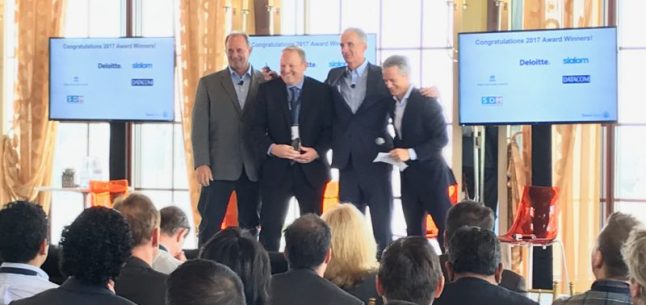Summary On September 11, 2017, the IRS issued a Directive to Large Business & International (LB&I) Division examiners providing guidance for Internal Revenue Code (IRC) Section 41 examinations (LB&I-04-0917-005). The purpose of the Directive was to provide an efficient manner of determining qualified research expenses (QREs) for LB&I taxpayers that meet the Directive’s eligibility requirements and to more efficiently manage LB&I’s audit resources. On February 1, 2018, the Franchise Tax Board (FTB) announced that California will follow the IRS Directive.
Details IRS Directive The Directive applies only to taxpayers (1) whose assets equal or are greater than $10,000,000, (2) who follow U.S. GAAP to prepare their Certified Audited Financial Statements, and (3) who show the amount of their currently expensed ASC 730 R&D costs as a separate line item on their income statement or separately stated in a note. If such taxpayers comply with the Directive’s certification requirements, LB&I examiners will not challenge the QREs which are the Adjusted ASC 730 R&D costs.
FTB’s Position For LB&I taxpayers that meet the IRS Directive’s requirements and file a California tax return, the FTB will use GAAP expenditures for the calculation of the California Research Tax Credit (CRTC). During a CRTC audit, LB&I taxpayers following the IRS Directive must provide a copy of the completed and signed Certification Statement filed with the IRS and disclose all ASC 730 in-house R&D expenses performed outside of California. In addition, LB&I taxpayers must make an adjustment to the federal “safe harbor” when computing the CRTC by subtracting all in-house and contract expenses performed outside of California from the calculation of Adjusted ASC 730 R&D costs. The FTB may also request other relevant documentation to support the credit, such as documentation for any expenses included in the credit in excess of the “safe harbor” and information necessary for the calculation of the credit.
Insights LB&I taxpayers have already begun implementing the IRS Directive for 2017 at the federal level and are seeing the benefits from streamlining QRE identification, improving financial statement benefits, and managing audit risk. Therefore, LB&I taxpayers who file a California tax return should: • Assess whether the Directive approach to determining QREs would be beneficial compared to their current approach both at the federal and California state levels starting with the 2017 tax year; • Consider whether they can efficiently comply with the Directive requirements given their current operations and processes surrounding the necessary accounting and HR records required, and if not, whether they should invest the resources to do so; and • Ensure they are still maximizing the identification and documentation of the additional QREs allowed outside of the Directive as a part of their credit claims.
DISCLAIMER:
This material has been prepared for informational purposes only, and is not intended to provide, and should not be relied on for, accounting, legal or tax advice. The services of an appropriate professional should be sought regarding your individual situation.




